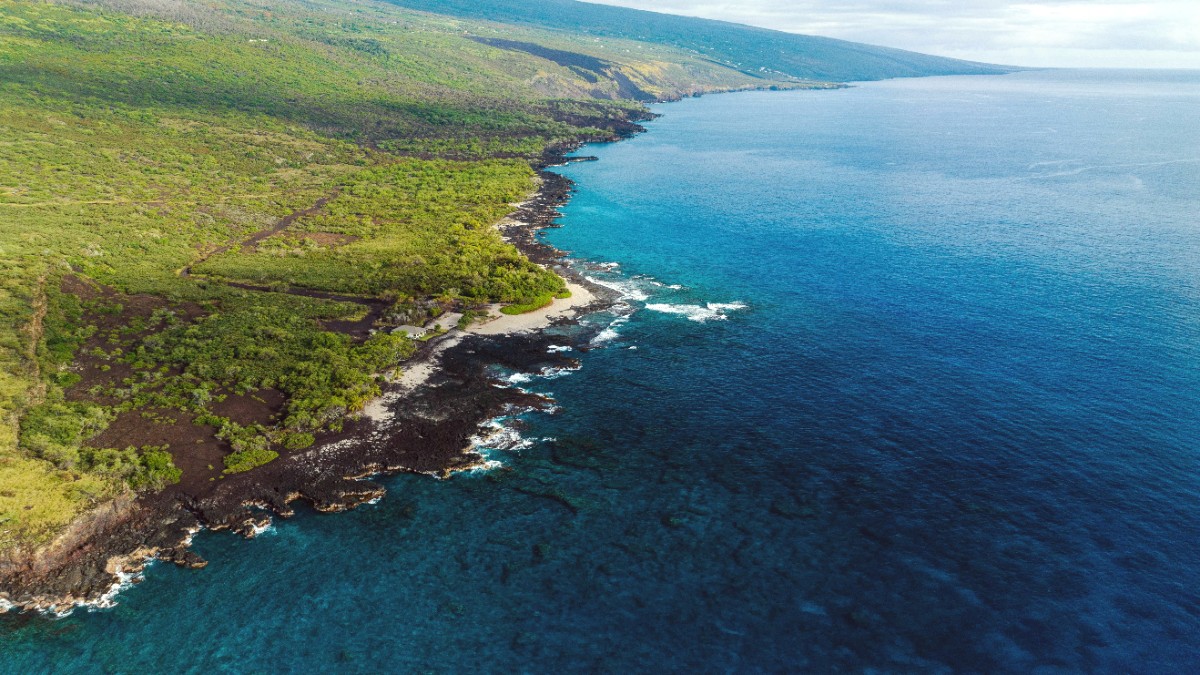
Hawaii, USA
These sites are central to the island's identity and offer unique insights into its natural and cultural heritage.
Hawaiʻi Volcanoes National Park showcases active volcanoes and unique ecosystems. Mauna Kea Summit is the highest point in Hawaii and a leading astronomical observation site. Waipiʻo Valley is a culturally significant and sacred place with lush landscapes.
These venues deepen your connection to the island's rich artistic and performance heritage.
Explore Huliheʻe Palace and Mokuaikaua Church for insights into missionary and royal past.
Charming historic architecture and storefronts for a self-guided walking tour.
Historic sugar plantation town with a preserved Main Street.
Scattered across the island; approach these sites with deep respect for their cultural and spiritual significance.
In Kealakekua Bay, marking where Captain James Cook died. Accessible by boat tour or strenuous hike.
The Big Island's natural attractions are diverse and awe-inspiring, ranging from dramatic waterfalls to unique geological formations and stunning beaches.
Two stunning waterfalls via a paved loop trail through lush rainforest.
Thousands of tropical plants, waterfalls, and ocean views. A paradise for nature lovers.
Authentic 30-acre Japanese garden on Hilo Bay, perfect for a peaceful stroll.
Spectacular sunrise/sunset views and unparalleled stargazing (from the VIS).
Kona Coast for dolphins and manta rays. Punaluʻu Black Sand Beach for green sea turtles (Honu).
Humpback whales visible Dec-May (peak Jan-Mar) along Kona/Kohala coasts. Whale watching tours are available.
Explore lava tubes (Thurston Lava Tube, Kaumana Caves) and steam vents in Hawaiʻi Volcanoes National Park. Kula Kai Caverns offer guided tours.
Punaluʻu Black Sand Beach (often with sea turtles). Papakōlea Green Sand Beach (one of four in the world, hike or shuttle access). White sand beaches at Hapuna and Mauna Kea.
Puako Petroglyph Archaeological Preserve near Waikoloa showcases ancient rock carvings.
The island has a diverse range of public and private attractions for all interests.
Beyond the well-known sites, the Big Island holds many hidden gems, providing unique and less-crowded experiences.
These spots offer a chance to discover the island's quieter, more secluded beauty, perfect for those seeking to explore beyond typical tourist routes.
Discover places that offer solitude and raw natural beauty.
Places less frequented by tourists, providing authentic glimpses of island life and evolving landscapes.
Areas demonstrating the island's resilience and continuous creation of new land.
Always check local conditions and accessibility.
Capture unforgettable images of the Big Island's diverse scenery.
Always respect natural environments and posted signs during photography.
Discover tranquil spots and scenic areas away from the crowds.
These locations offer peaceful moments and beautiful scenery.
Utilize platforms like GetYourGuide for booking attraction tickets and tours.
Many attractions and tours allow direct bookings through their official websites.
For popular tours, especially whale watching or manta ray dives, book well in advance.
Always check the official National Park Service website for Hawaiʻi Volcanoes National Park for current conditions and closures.
For Mauna Kea Summit, spending at least 30 minutes at the Visitor Information Station (VIS) for acclimatization is a standard recommendation to prevent altitude sickness.